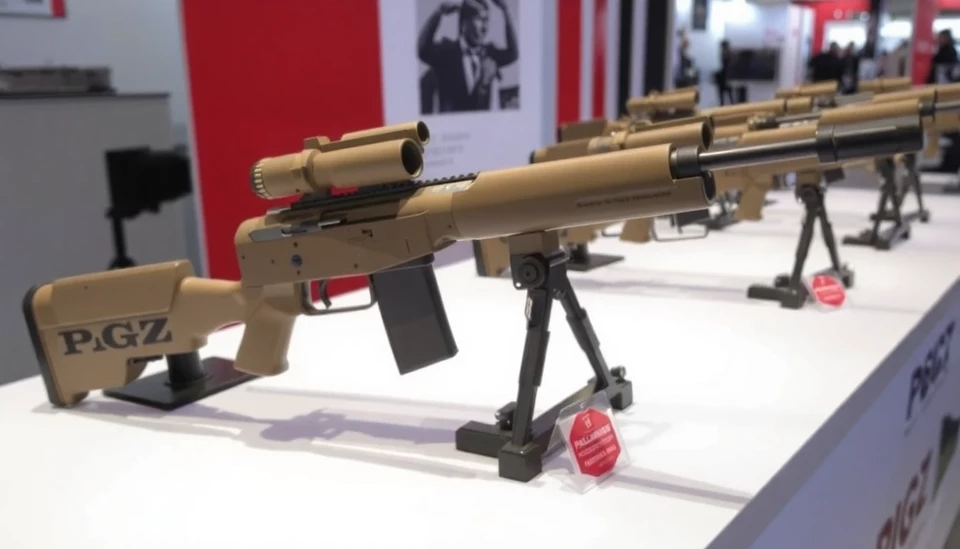
Despite a significant increase in defense spending by the Polish government, the state-owned defense behemoth, Polska Grupa Zbrojeniowa (PGZ), is facing challenges that hinder its competitive edge in the arms manufacturing sector. Reports indicate that while Poland aims to bolster its military capabilities amid heightened geopolitical tensions, PGZ has fallen behind its rivals in terms of efficiency and technological innovation.
The Polish government has ramped up its defense budget to an impressive $20 billion annually, primarily in response to growing security concerns, especially given recent developments in Ukraine. With North Atlantic Treaty Organization (NATO) member states focusing on strengthening their military forces, Poland's strategy includes modernizing its armed forces and increasing domestic production of military equipment. However, PGZ has been criticized for slow production rates and an inability to adapt to the rapidly changing technological landscape.
As part of its response to these challenges, PGZ has been urged to enhance collaboration with private sector companies to expedite research and development initiatives. The defense industry in Poland is witnessing a transformation where state-owned entities like PGZ must compete with more agile, innovative private firms that can deliver products at a quicker pace. Moreover, the reliance on imported technologies has hindered PGZ's development of indigenous solutions, drawing criticism from military officials and defense experts alike.
Ten years ago, the Polish government set ambitious goals for their defense sector, aiming for a self-sufficient military supply chain. However, PGZ's struggles have led to calls for a reevaluation of its operational strategies and the introduction of more effective management practices to optimize production. Critics argue that excessive bureaucracy and inefficiency within PGZ are significant factors stifling its growth and performance.
In contrast, neighboring countries have successfully managed to bolster their defense industries, achieving higher efficiency and superior technological advancements. For instance, nations like South Korea and Finland have established robust systems that integrate research and development with military supply chains, allowing them to stay ahead of the curve. Poland's defense sector could potentially benefit from adopting similar models to facilitate seamless cooperation between public and private entities.
Looking ahead, analysts suggest that for PGZ to regain its competitive footing, decisive actions are necessary. These include leveraging international partnerships and modernizing production processes to align with global standards. Steps like investing in advanced manufacturing technologies, embracing digital transformation, and fostering a culture of innovation will be vital for PGZ's rejuvenation.
The Polish government’s ambitious defense program and increasing budget allocation reflect the need for a strong military posture. Still, the success of these initiatives hinges on the ability of PGZ to evolve and meet the expectations of the 21st-century defense landscape. Only through strategic reforms can Poland's defense giant hope to compete effectively on both domestic and international fronts.
As Poland continues to navigate its security challenges, the eyes of policymakers will be fixed on PGZ, eager to see if necessary reforms will lead to a turnaround in the fortunes of the nation's defense industry.
#PolandDefense #PGZ #DefenseIndustry #MilitarySpending #ArmsManufacturing #NATO #DefenseReform #Innovation
Author: Laura Mitchell




